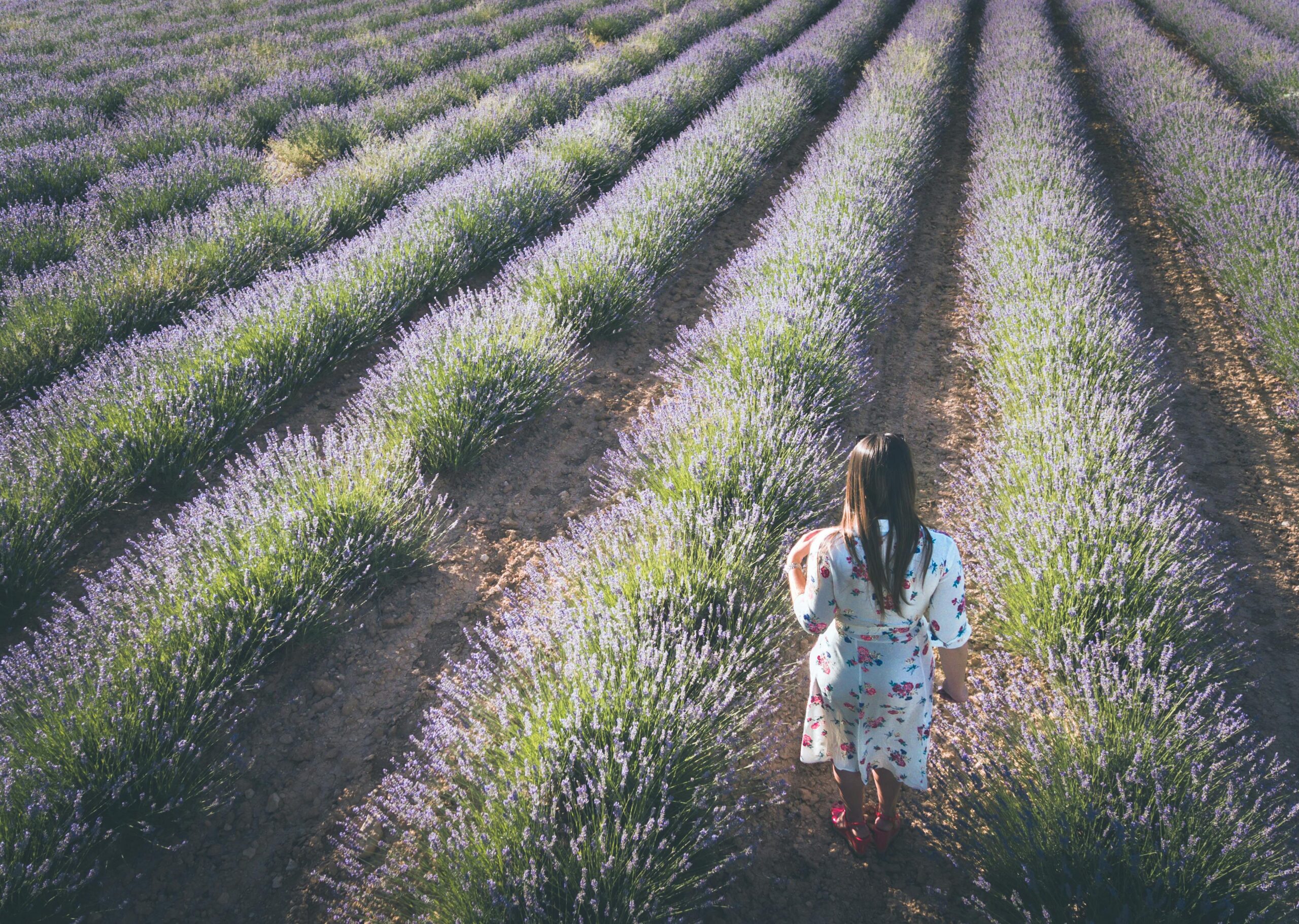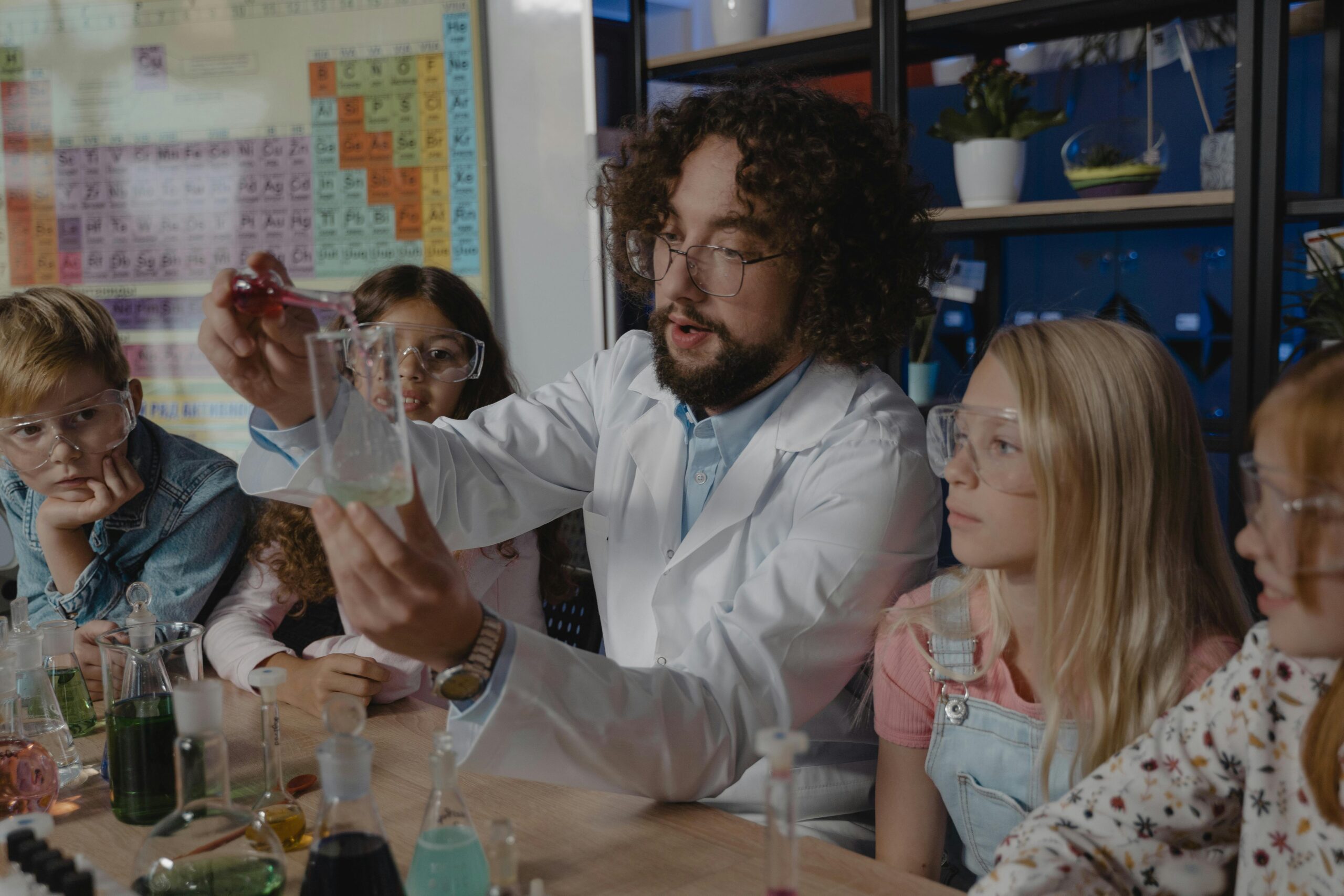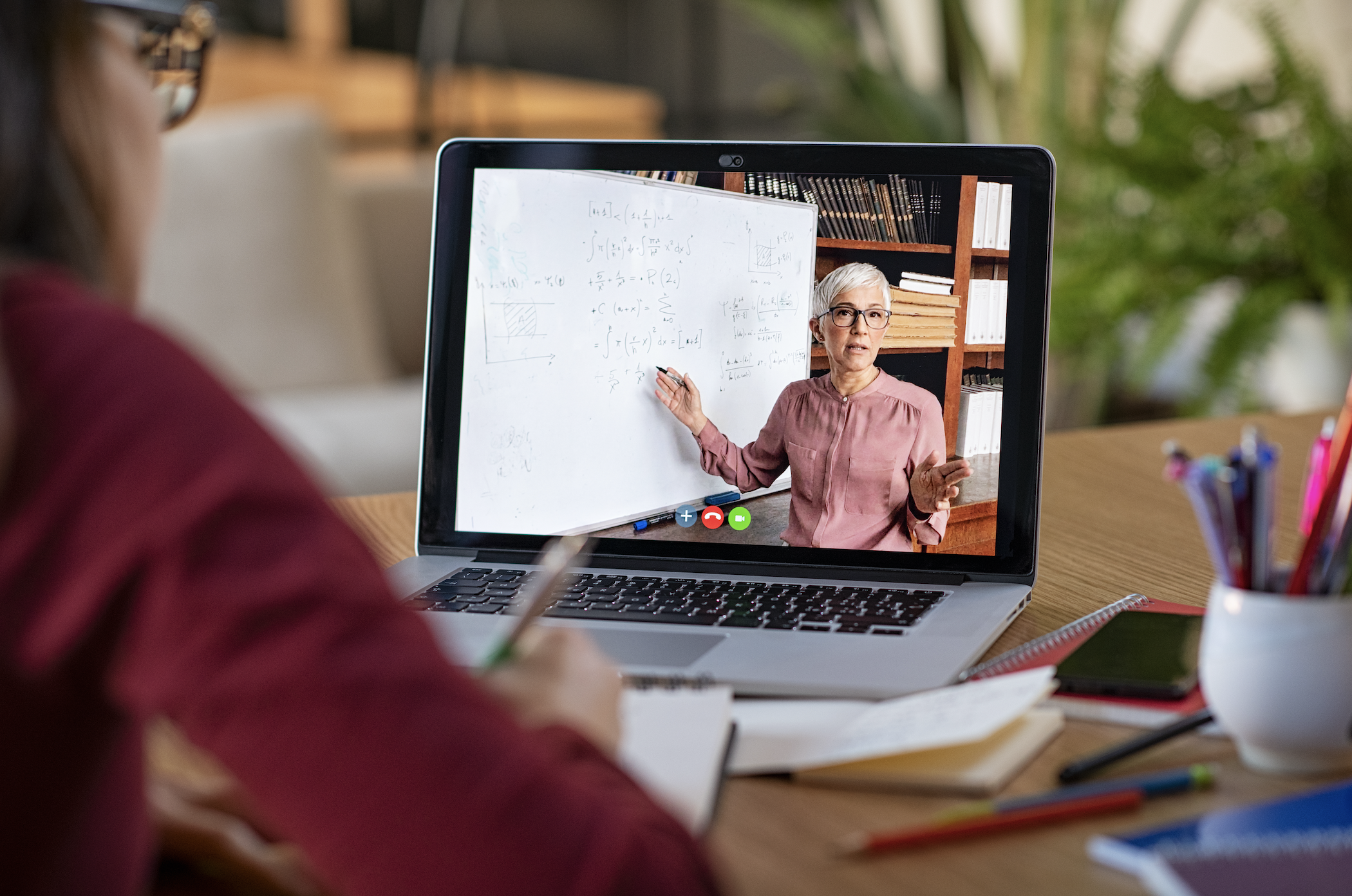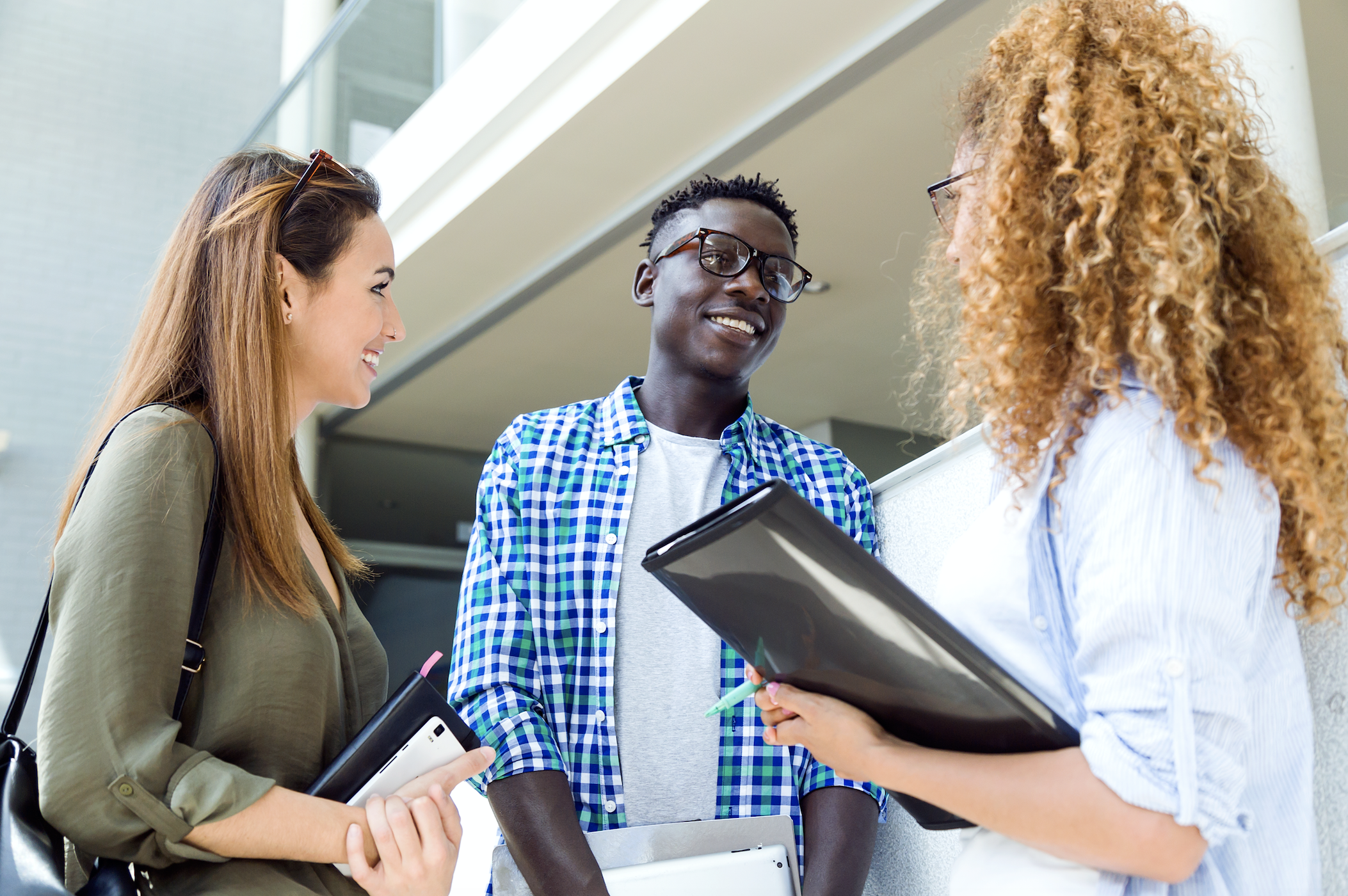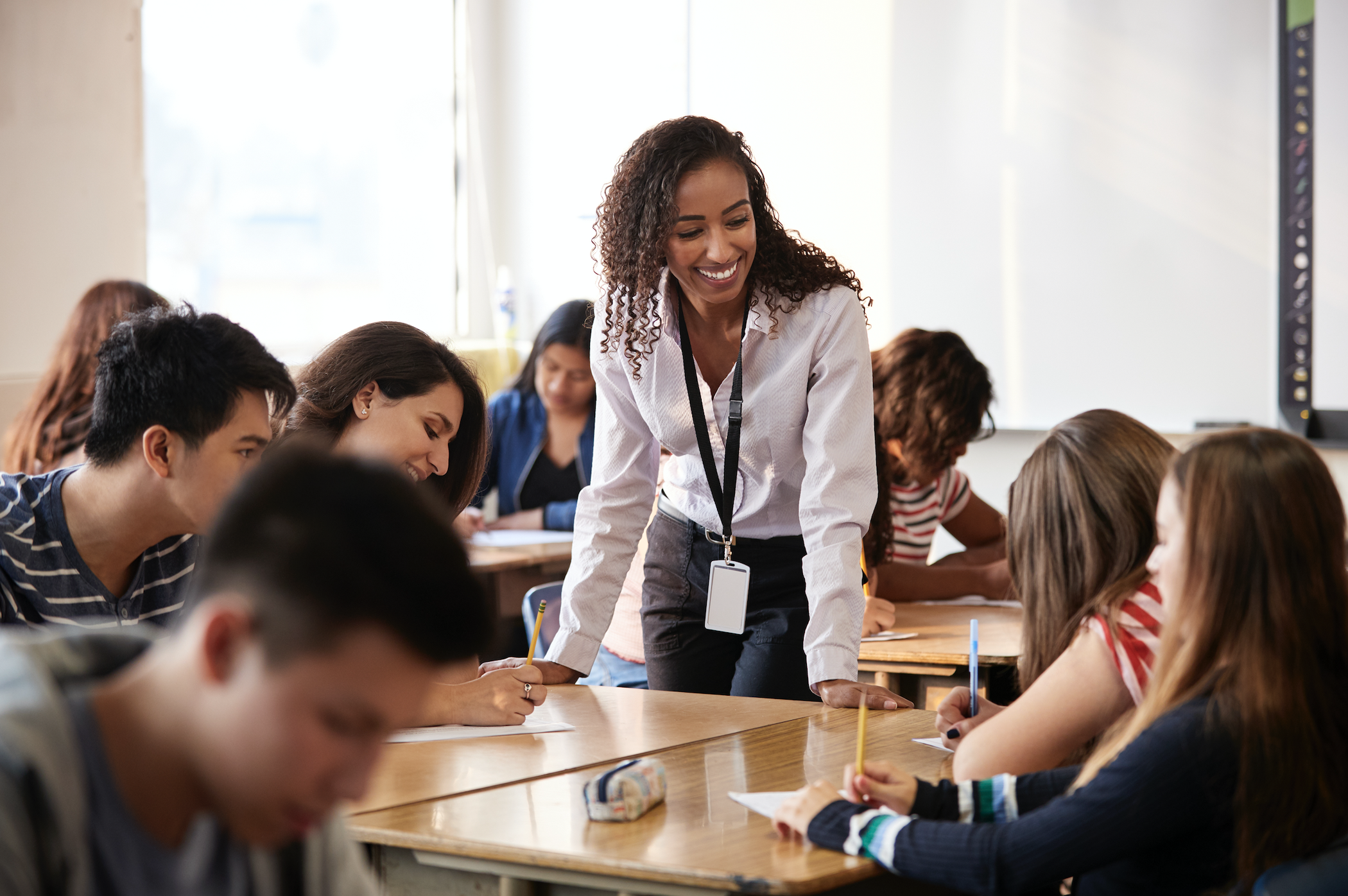
Educators: The Most Important Leadership Trait You Can Teach This Year
A young couple recently moved into a new house. While eating breakfast their first morning, the young woman saw her neighbor hanging her wash on the clothesline in her backyard.
“That laundry looks dirty. She doesn’t know how to wash correctly. Maybe she needs better detergent,” remarked the wife. Her husband looked on, but remained silent. Day in and day out, every time her neighbor hung her wash out to dry, the young woman made the same critical remarks.
A month later, the woman was surprised to see a nice clean set of clothes on the line next door. She said to her husband, “Look, she’s finally learned how to wash correctly. I wonder who taught her how to do this?”
The husband replied, “I got up early this morning and cleaned our windows.”
So it is with life. What we see when observing others depends on the clarity of the window through which we look. I have been guilty numerous times throughout my life of making a judgment without a clear perspective. My self-awareness was low. Truth be told, judging a person does not define who they are. It defines who you are. Our perceptions are limited, often filled with inaccuracies and distortions. It actually handicaps the maturation process.
This is why the most important trait we can teach students this year is self-awareness.
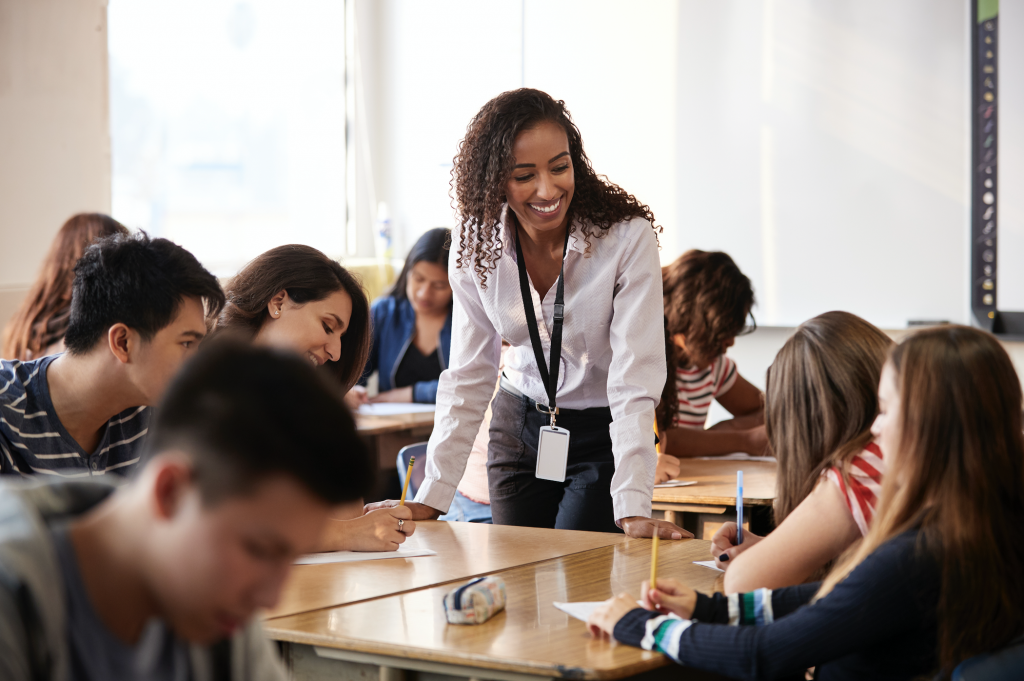
The Necessity of Self-Awareness
Because an adolescent brain is still undeveloped, teens often level harsh judgments on others, failing to recognize their limited perspective. Their brain is pruning itself and has begun to understand realities that were mysteries before. Because of this, they feel confident in their newfound discoveries. Yet, their angle is influenced by their desires, emotions, insecurities, expectations, and maturity level. The reasoning capacities of the prefrontal cortex are still undeveloped. It’s why teens assume their parents are so ignorant but change opinions on them when they turn 25 or 26, as they learn more about life and themselves. The less a student knows about a subject the more confident they often become.
It’s called the Dunning – Kruger Effect.
Social psychologists David Dunning and Justin Kruger studied this phenomenon in 1999. They tested undergraduates in several categories. After learning their test scores researchers asked the students how well they think they did and how they’d compare their score to others in the group. The results were telling. The students who scored lowest in these cognitive tests always assumed they did better than others. And not just by a little, but by a lot. So these students not only scored poorly but were confident they scored higher than average. Conversely, those who scored higher on the tests felt they likely scored lower than average. Because the tests seemed easy for them, they assumed it was easy for everyone.
Lower intelligence people don’t have the skills to recognize their own incompetence or lack of knowledge. Their low self-awareness is their own worst enemy.
Only when they begin to learn about a topic more deeply does confidence wane and reality set in. This is actually good news–but it doesn’t feel good to the student. It obviously feels better to be confident. This gives new meaning to “growing pains.”
Dunning and Kruger concluded what is shown in the diagram below called: The Dunning – Kruger Effect. When people first learn about a subject, they have a high level of confidence in their knowledge. It’s only after learning more that you begin to realize how much you don’t know. The more you discover, the more you recognize there’s so much more to learn.
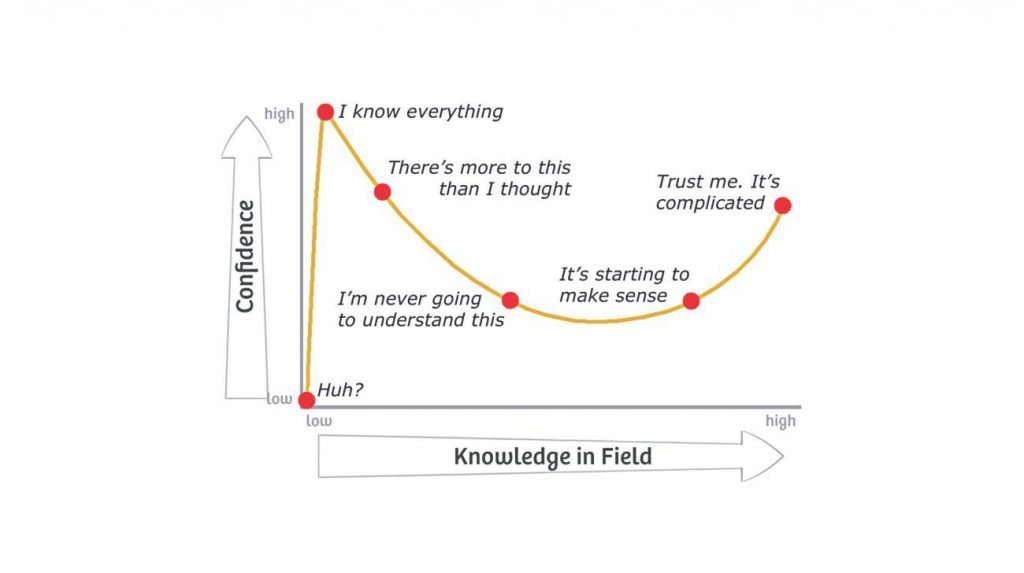
The diagram above illustrates that the less a person possesses in skill or knowledge the more apt they are to over-estimate that skill or knowledge. So the journey to self-awareness takes students into a valley before it begins to rise.
I’ll never forget meeting with Emily Lembeck, superintendent of Marietta City Schools, just north of Atlanta, some years ago. Dr. Lembeck and I reviewed the results from the Pre & Post Test on our “Habitudes” (soft skills and SEL curriculum) they used during Advisement Period the previous year. I was prepared for a hard meeting because the post-tests actually revealed students’ scores had dropped in discipline, empathy, and responsibility. Instead, Emily looked up from the report and said, “This is a step forward.”
I wasn’t sure why she’d said that.
She explained that students likely didn’t go backward in these competencies, but rather grew in their self-awareness. Many of these students assumed they were “awesome” in these categories and after studying them, they recognized they weren’t as far ahead as they thought.
What Does It Mean to Be Self Aware?
Renowned psychologist Daniel Goleman describes self-awareness in his book, “Emotional Intelligence” as “knowing one’s internal states, preference, resources, and intuitions.” Our Growing Leaders president, Steve Moore, explains the outcomes: Self-awareness means being honest with yourself about yourself and honest about yourself with others. This is where social and emotional learning begins. It requires students (and teachers) to grow in these areas:
1. Identifying Emotions
Often students struggle to recognize why they feel what they do and why they experience internal struggles. We start the conversation with the image of: “Baggage Fees.” Just like checking bags on a flight costs you, carrying excess baggage is emotionally expensive to people. There is a price tag. We need to look at what’s inside.
2. Accurate Self-Perception
Thanks to social media, students often struggle with an accurate perception of themselves. They can interpret “likes” and “views” as a personal report card. We are all aware–this is a poor way to judge character. Just like a funhouse mirror at an amusement park, students can project a distorted image of themselves.
3. Recognizing Strengths
Often, poor self-esteem stems from a student’s blind spots to the gifts and strengths that lie inside of them. I believe everyone possesses gifts that can be game-changers for their identity and future careers. Just like that special gift we get at Christmas is a favorite–a game-changer–we must help students spot their best gift and leverage it.
4. Self-Confidence
Once students cultivate the sub-competencies above, their confidence grows. They can begin to play the role of a thermostat instead of just a thermometer among their peers. They possess a standard they live by and can now focus on adding value to others, positively influencing them in the process. They change the temperature of a group.
5. Self-Efficacy
Ultimately, students gain the ability to genuinely become “themselves” instead of merely imitating others and succumbing to peer pressure. They build a moral compass (a true north that can guide them even in new territory) not just a GPS that works only when they plug in an address that someone else gives them.
Years ago, a mahout was working with African elephants and noticed the pachyderms had a strange habit. Each time they approached a pond to take a drink, they splashed the water before putting their trunk in. For months, this mahout tried to figure out why they did this. His conclusion was enlightening. He determined that the elephants didn’t like to see their reflection in the water, so they splashed around before getting too close to take a drink.
I wonder if that’s our problem too. We do more splashing than reflecting.
Author and researcher Brene Brown makes an interesting claim: There’s so much hatred and unhappiness in the world because people lack self-awareness.
Perhaps it’s time we teach social and emotional learning and begin with self-awareness. We’ve chosen to do this with images, conversations & experiences, via “Habitudes for Social and Emotional Learning.” For information, check them out HERE.


